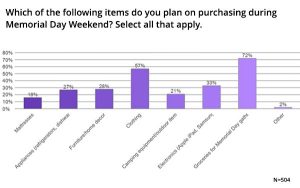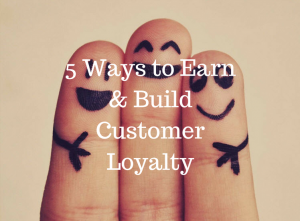When people think of gamification their first instinct is to write it off as a one-time, short-term solution that addresses current challenges and issues. Primarily their impression is that gamification is suited for short-term strategies and promotions. That has to be the biggest misunderstanding surrounding this cutting-edge and innovative solution. Gamification, in fact, targets behavior management for the long-term building stronger teams and significantly enhancing the bond between employee and the company.
Realizing Long Term Success Through Narratives
Any great employee recognition program will consist of two types of narratives. One a personal narrative and the second the company narrative. The personal narrative caters to the showcasing of each employee’s individual accomplishments which then get tied into the larger, broader perspective of the company’s purpose (the company narrative). Your employees yearn to be felt important and recognized for their contributions. However, more than that, they want to be a part of something that’s bigger than themselves. Your employees want to feel valued, respected, appreciated and purposeful. And the more they feel these, the more likely you’ll be able to retain them and benefit from their full potential.
Through gamification, you can enhance behavior management and really make an impact with the use of badging. Badges create visual representations of individual accomplishments that can help create noticeable and unforgettable employee narratives.
Where You Can Apply This Concept
Now that I have you curious about using gamification to achieve long-term success in the area of behavior management you’re probably wondering where can you apply it, right? Through our gamification solutions, The Talent Games has helped clients get on track to achieve their long-term goals of behavior management. Here are three areas of the business world where gamification can make a serious impact on behavior management.
1. Skill Development
Enhancing your talents’ skills and developing them to be able to tackle future challenges is of paramount importance to any company. It’s how you build capacity, ensure your talent’s skills remain relevant and you continue to have a team of highly skilled and talented employees.
Just like with any game where enhancing your skills earns you the ability to take on tougher challenges and advance to higher levels, the same model applies to your employees and their learning. What you’re aiming for through gamification is to encourage employee behavior of participating in training and continuously growing their skills. What you achieve is the ability to connect learning to personal recognition and achieving company goals.
And it doesn’t just have to be in-house training that you’re company offers. You could even recognize and reward certifications and other skill enhancements that your company recognizes and is in line with the employee’s professional growth. Whatever it may be, tie those individual contributions (the learning they enhance) to the company’s goals and you’ll find that your company culture is fast becoming one of continuously growing and high skilled individuals. In the long run, you’ll achieve your behavior management objective of encouraging employees to keep building their capabilities.
2. Performance Management
What you’re trying to achieve in this area through behavior management is setting precedence of exceeding daily tasks. No company can achieve success if its talent were simply ‘meeting expectations’. The performance bar needs to be much higher and constantly rising. The idea is to harness the power and abilities of gamification to recognize, reward and celebrate successes.
Whether they are small achievements spawned from daily, routine tasks or big achievements that are a collection of smaller ones spread over a specific period, they all get celebrated. Reward your employees with badges, encourage them to engage in healthy competition and participate in contests, and collate their achievements in career progression records.
The idea is to make their contributions visible, important and valued. When you’ve given your employees this feeling of worth and value you’ll achieve your company goal of behavior management in terms of higher performance levels.
3. Collaboration
Can you have high performing team if everyone’s aiming to win for themselves and not the team itself? I doubt it. Collaboration is the strength of many successful companies. It’s the basis of high performing teams.
Identify those in your team who are highly skilled, high performers and who possess unique skills. Celebrate them to help them achieve their personal accomplishments. Overtime these employees will take pride in their status as a valued member of the team and work closer with their team members to grow them as well. However, this won’t take place unless you use gamification to set higher and inspiring team goals that everyone should work collectively to achieve. These goals aren’t ones that individuals can achieve, hence, helping your company achieve its objective by encouraging collaboration.
When you’ve got a grip on behavior management that encourages collaboration in the long term you’ll have more knowledge sharing and team cohesiveness. That’s precisely the culture you want to harvest to continue succeeding.
The concept of behavior management can be simply addressed using gamification because you can harness its application to connect individual and team accomplishments to that of the company’s vision. Achieving your company’s long term goal of behavior management and harvesting a culture that’s gunning for success isn’t a myth. You just haven’t tried applying gamification yet to really benefit from it.
Business & Finance Articles on Business 2 Community(63)






